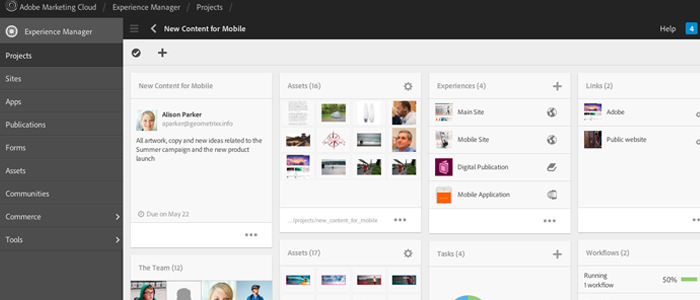
5 Ways to Develop Trust in the Age of Digital Banking

In comparison to prior forms of banking, modern digital banking has provided unprecedented convenience and ease. Even though money has undergone its own transformations from physical to digital, banks retain control over any transaction. And, as digital technology advances, the way we bank and use money is changing at a breakneck pace. So, what is the binding agent that holds this system together? It’s Trust!
Although the nature of the connection and thus the relationship is changing dramatically, trust has always played a fundamental part in the relationship between bank and client. Customers must have confidence that organisations that manage and look after their money, such as banks, will not lose it and will keep their data secure as the industry undergoes digital transformation.
In the light of the pandemic’s acceleration of online transactions, it’s more important than ever to create a trusting relationship between the customer and the bank, as exchanges that used to take place on a personal level are now transferring to digital channels.
Also read:- How AI & Data Science impact the Banking Industry
Increasing consumer trust in digital banking
The financial services business is rapidly evolving, bringing with it new difficulties, thanks to the use and development of new technology. As a result, it’s crucial to ensure that these developments are backed up by customers’ trust in these companies. Gaining people’s trust in new forms of banking, on the other hand, is essential to a successful transition to the digital banking era.
Here are 5 ways to establish trust to digital first customer base.
1. Creating seamless customer experience – Customer experience has long been regarded as one of the most important aspects of digital banking. Banks must now examine what occurs after a customer is obtained, as well as the experience and journey they take. Eliminating points of friction, automating services, and delivering efficient operations that fit with customer objectives, reduce customer drop-off, and improve engagement are all component of developing a seamless customer experience. The experience should be uniform and on-brand, whether you’re making a transaction online or engaging the financial institution via social media. Banks can ensure consistency by using AI-powered integrated customer experience monitoring technologies.
Also Read:- 4 Ways That AI Is Improving the Customer Experience
2. Data Security and compliance – Customers are being asked sharing more data and personal information online in the digital era. Data breaches and hacking activities are all too common, and they may swiftly erode whatever trust that a financial institution has gained with its consumers. Banks must ensure that the digital technology they employ are safe and secure. Building trust in digital financial services requires a strong focus on cybersecurity. Banks must adhere to an ever-growing list of rules and manage security through features such as transaction monitoring, KYC, and risk screening. A safe banking environment can help create a better customer experience while also increasing trust in the digital ecosystem.
3. Personalized experience – Customers’ expectations of their financial services provider have changed because of the rise of digital services, and the bar for customisation has been raised. Because of technologies like cloud computing, artificial intelligence, and machine learning, large-scale curation is now possible. Customers will be ecstatic if banks offer them personalised and contextual tips, insights, and nudges to assist them in better managing their finances. To build trust, customers must be at the centre of digital strategy, and data should be used to provide relevant and helpful information based on the customers’ needs.
4. Digital Customer Service – People have a natural tendency to trust one another. Despite technological advancements, human interactions must be considered in certain instances. Engagement, loyalty, and brand satisfaction can all be boosted by a human-first digital banking experience. Customers still want to communicate with trusted professionals, therefore financial institutions must provide a human-like element in interactions, whether through online content or a conversational chatbot. Additionally, tools like a searchable FAQ, quick Twitter responses, and AI assistant apps may appear insignificant but when it comes to creating trust, however, it’s the little things that count.
5. Transparent Processes – Transparency promotes a feeling of safety. Customers acquire trust in the bank when they receive all pertinent and necessary information about the products and services available to them. This not only helps consumers make better financial decisions, but it also increases their faith in the digital bank. Banks should divulge what clients need to know up front and avoid false messaging and marketing, not just out of fear of laws. If the terms and conditions are clear, customers can feel confident in their decision and know that they can trust their bank.
Download the Case Study on How we helped a Financial Advisor to get his retirement benefits calculator to predict over 30 years ahead
In the age of digital, establishing client trust can be difficult, but it is critical for banks to remain competitive. Financial institutions can meet the challenge by employing the appropriate security tools.
Apexon provides financial institutions with a variety of digital tools to help them improve operational performance, develop better financial products, and expand into new markets. As part of our consulting and technology services, we work with core, commercial, investment, and retail banking businesses on risk and compliance, as well as sales and services. We also assist property and liability insurance companies, as well as life and retirement insurance companies, with their digital transition.




